UZBEKISTAN AUGUST 2019
Tashkent
The border crossing is hard work. It has four stages: out of Tajikistan with a 45-minute queue outdoors in the beating sun at 11.30, then a walk to another guard, then walk to vaguely enter Uzbekistan, finally to be penned in to an outdoor holding bay for another half an hour, blessedly this time with a shaded canopy. It’s hot and my portable electronic fan is popular. All this despite no visa being needed – it’s a 90-minute process. We then drive two hours to Tashkent – a city of 2.5m people that is the capital of a country of 30m. If you change money here, you’ll probably become a millionaire. 100,000 Som is £10. We check in to the large but comfortable Lotte City Hotel. We are right in the middle of Central Asia now in one of only two double landlocked countries in the world. The other is Lichtenstein.
The next day we set out to explore this interesting city. The Alisher Navoi Theatre is exquisitely built in a sympathetic post-Soviet style. The wide roads surrounding Amir Temur Square commemorate Timur, or Tamerlane, the brutal conqueror who is this region’s equivalent of Gengis Khan. Nearby is an excellent monument to the 1966 earthquake that pretty much flattened the city. In a touching show of solidarity, people came from all over the Soviet Union to build new buildings – for free. Wandering around the old town is charming, with interleaved canals and old clay buildings based on wooden frames that have flexibility in the event of an earthquake.
Heading across town we take the time to examine the Hast Imam Complex – a series of mausoleums, tombs, madrasahs and mosques in a classic Tashkent style. This is all new, immaculate stuff, with capacity for 60,000 to worship in the square. Next it’s the Chorsu Bazaar. It is apparently compulsory in this part of the world to stare contemplatively at some dried apricots in a reverential way. As usual, it’s people buying and selling stuff. Sort of like a large Tesco under a dome. We then hop on the metro, in particular to compare it with the Moscow equivalent. The stations are beautifully designed, such as Alisher Navoi, and Kosmonautlav, which commemorates Russian cosmonauts. The most famous female spacewoman apparently told her mother that she was going parachuting. We finish off at the Museum of Applied Arts, to learn about the type of craftsmanship that goes into the buildings and art around here.
Samarkand
The next day we leave Tashkent on a high-speed bullet train to Samarkand, which takes two hours. It’s a slight disappointment that the view on the way is unremarkable – some buildings and farmland but no dramatic desert or mountains. We are met on arrival by trumpets and shouting since we are unknowingly sharing the train with a UNESCO delegation for an Eastern Music Festival. This makes finding our guide more difficult than usual. The festival starts tomorrow in the Registan complex, when it will be closed, so we go to look at it straightaway. It’s huge, but annoyingly dominated by a stage and numerous lighting rigs, so it is not as photogenic as usual. Nevertheless, these three huge madrasahs are very impressive. The mantra here is the 4 Ms: mosques, minarets, madrasahs and mausoleums. One of the most impressive of these is the last resting place of Tamerlane, the brutal dictator. Once more, the tone of this part of the world is set by everyone craving world domination and killing as many people as possible. We move on to the tomb of his grand daughter Bibi Kanum, another huge mosque complex that bears detailed examination, especially when we are allowed into an unrestored section which reveals the gritty reality of the structures behind the pretty tiles and mosaics.
The following day many parts of the city have roads closed off for the UNESCO visit and the president’s entourage. Many photographers and VIPs with lanyards are striding about. We visit the observatory of Ulug Beg. He was a very brainy bloke who worked out astronomy, the precise timing of days and years, and so on. As usual most of it has been destroyed, this time by Arabs, but it’s a fascinating visit that ties in well with the display of his work in Jaipur and his statue in, of all places, Riga. The ancient Afrosiab Fort is closed to cars so we walk up the hill to the excellent museum, which explains some ancient murals associated with the Sogdians. This stuff is similar to the Nile’s Valley of the Kings and Queens. After examining the visual shenanigans of Zoroastrians who defecate on their rooves (apparently because earth, air, fire, and water are sacred, but surely that sort of behaviour offends most of the elements?), marauding Arabs, grumpy Mongols, and the usual culprits destroying everything left right and centre, we wander off.
The best is left to last in the form of the Shah I Zindha necropolis. This set of 30 mausoleums in a tight street is exquisite – richly tiled inside and out, although the idea of beginning to build one of these for yourself when aged only 35 seems pretty pessimistic. We retire to the Russian quarter, where there are a couple of decent restaurants within a block or two of our hotel – the Grand Samarkand Superior. The eponymous Samarkand and the relaxed Platan are good for lunch or dinner.
Bukhara
We are then off again on the bullet train to Bukhara. As before there is little of note to see on the way, with the possible exception of the Tudakul Reservoir just before arriving. There are some things to see out of town and we start with Sitorai Mokhi Khosa, the summer palace of the Bukharan Emir, who built it in a mix of styles around 1910. It’s opulent enough, befitting a guy who was as fat as a house and had 70 concubines on site, some as young as nine. He fled in disgrace to Afghanistan when the Bolsheviks came to get him. Also close by is Bakhoutdin Nakshbandy, a place honouring Sufis, with a mausoleum attached. It’s nice enough, but hardly worth the fanfare provided by our guide. We eventually arrive in the old town to check in at the boutique Minzifa Hotel, and have lunch in the restaurant of the same name in the main square a few minutes away down some tight, winding streets. The nearby Chor Minor is a picturesque, small four-minaret affair that is certainly worth a look.
It takes another day to work round all the things to see in Bukhara. Taking a short drive to the edge of town out west, we start with the Ismail Samani Mausoleum, an understated brick building with a pleasing geometric design located by a water pool. Then past a section of ancient city wall. It seems odd that, having gone to all the trouble of building one, they leave convenient wooden struts jutting out so that anyone can climb up. Apparently the idea was that it made the wall look unfinished, thus suggesting that the inhabitants of the city had no money. It didn’t work because, like all cities in Central Asia, it has been leveled on scores of occasions. A stroll through the obligatory farmer’s market where tourists “ooh” and “aah” at dried apricots and large melon displays, leads us to Chasmai Ayub, the significance of which I have instantly forgotten.
The Bolo Hauz mosque is a bit more memorable. Hauz means pool or water source, which sounds fine until stories emerge of how the water was used. People performed ablutions in the pool before praying, and used it for drinking. Lord knows where the animals were. Malaria and parasites were rife. The rebuilt Ark Fortress is impressive and part of it can be visited. There is a small private mosque for the Emir, a coronation hall, and a miserable dungeon for miscreants who were beaten or hung every Friday. Charmingly, the area for horses contains an intentional slope to make sure all their dung and urine drains down into the dungeons. Meanwhile the Emir and his concubines look on in delight.
Next up is the Poi Kalon complex which is excellent. The minaret is one of the rare items spared by Gengis Khan, although the Bolsheviks half bombed it. It’s quite an idea to use your air force to bomb your own cities. The mosque area is large, with a capacity for 12,000, and airy vaults off to one side. And on the other side is a working madrasah – Bukhara’s equivalent of an Oxford college. Right in the centre of town are the Magoki Atori (once a synagogue and with the door in the wrong orientation to face Mecca), the Lyabi Hauz and the Nodir-Divanbegi madrasah. It’s all charming, but by this point the significance of all the madrasahs, mosques, mausoleums and minarets is pretty much blurring into one.
Khiva and Karakalpakstan
We take the train to Khiva, but this time it’s a slow one – 5.5 hours across the desert with little to break it up other than the enormous Tuyamuyun Reservoir. The air conditioning is broken in the carriage so we move to the next one but it’s not much better. The old town inside the reconstructed walls of Khiva are picture box and car free. We check in to the Malika Keivak Hotel and it’s charming. The first day we head out to look at forts in the autonomous republic of Karakal Pakstan. The Uzbek flag has 12 stars –one for each province – and a crescent for the autonomous republic of KP. So that’s another country ticked off the list. This is north past Urgench. It’s desert in one sense, but the irrigation systems have turned it into fertile farmland producing cotton, rice and 120 different types of melon, as though that were necessary. The place is teeming with dragonflies and kingfishers. After crossing the impressive Amu-Darya River, we reach the first of three forts. Ayaz Kala (the frosty fort) is high on a hill with a commanding view of the plains, and it’s been here since the 4th century BC, which is a pretty good run. The second, Toprak Kala, is made entirely of mud mixed with camel hair. The third, Kizil Kala, is the red fort, but it’s not very red, although it is infested with enormous donkey bees. Various attempts have been made to renovate the last two, with disastrous consequences. A range of modern materials have been used ill-advisedly, and UNESCO have put a halt to all of it.
Next up is a wander around the old town of Khiva, whose name derives from well or water source. The whole thing is a pedestrianized museum, so apart from a few gangs of Koreans and Australians, it’s a pleasant stroll. On the way we take in Kunya Ark, the west gate, and the madrasah of Amin Khan, which is now a hotel. The Pakhlavan Makhmud mausoleum is a shady, peaceful place, and the Tash Kauli Palace is worth a look. Our favourite is the Juma mosque, a low-key museum made up of a simple floor and 213 wooden pillars. It’s no longer in use, and so provides a welcome contrast to the bluster and brashness of everywhere else.
We are off to Turkmenistan tomorrow, so a few remarks on Uzbekistan. We are glad we did the schedule in the order we did. Our rank order preference of the Uzbek silk road cities is Khiva, Tashkent, Bukhara, Samarkand – perhaps a slightly controversial view. If you started at Khiva, you could be progressively disappointed. In Samarkand, the necropolis is good, but much of the rest is like Disneyland. Tashkent is distinctive and interesting. Bukhara is bound to suffer from repetition by being in the middle of the route. The country is trying to progress with its second president since independence, but there are lot of old traditions that need to go. With up to 60% of the country under 29, arranged marriages for 18-year-old girls who must be virgins is hideously anachronistic. Inability to move from your rural home to Tashkent without special permission smacks of the Soviet Union. Things need to move on, and doubtless they will. 8 out 10 for the physical assets and 6 out of 10 for outmoded customs that need to change.
CENTRAL ASIA SUMMARY – SEPTEMEBER 2019
After a month on the road covering six countries, it’s time to sweep up thoughts on this part of the world whilst decompressing at the Intercontinental Hotel in Istanbul before returning to the UK. This has been a fascinating trip, thoroughly vindicating our attitude of “If you don’t go, you’ll never know.” For a more detailed picture, head to the relevant country report, but do try to see the whole region in context. Looking back over the notes, the country scores came in as (out of 10):
Kyrgyzstan 9
Tajikistan 8
Turkmenistan 8
Uzbekistan 8/6
Kazakhstan 7
Turkey 6
Kyrgyzstan lacks money but it makes up for it in attitude. There is a strong influence from the Chinese border to the east, and their style remains very Soviet. Kazakhstan also retains a Soviet obsession, and paranoia. They have huge gas resources and the president is very keen on himself, with a strong inclination to name everything after himself. Uzbekistan aligns much more closely to Iran. The split score here reflects strong cultural assets on the one hand, and anachronistic views on marriage and women’s rights on the other.
Tajikistan and Turkmenistan also look south to Iran and/or Afghanistan. Turkmenistan is maniacally state controlled under the guise of beauty and order. The rules are the rules. Tajikistan has serious power at the top, and yet the borders to the south are porous and, for all the control at the top, there is a serious lawless black market. You can enjoy the beauty, seeming wealth and orderliness of the cities, but don’t believe that’s the whole story. Usually there is a significant underbelly of people working the land to make ends meet, often hampered by punitive laws or lack of economic back-up.
On top of all this, a prevailing theme around here is what we were never told over the last century by the Soviets. A lot of things happened in the Russian revolution, both world wars, and the iron curtain era that was never mentioned in the west. Huge chunks of it even now are not in the history books, so this is a place to come and learn. It’s a fascinating blend of cultures interacting over the last 1,000 years or more, highly varied landscape, and often brutal political history. Something for everyone you might say.
See also Kazakhstan, Kyrgyzstan, Tajikistan, Turkmenistan.
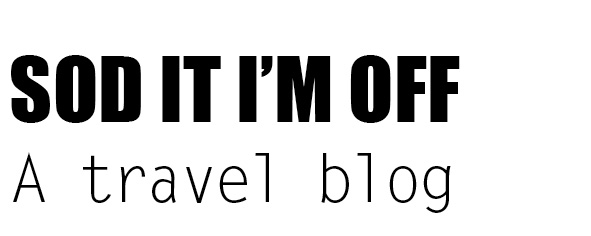
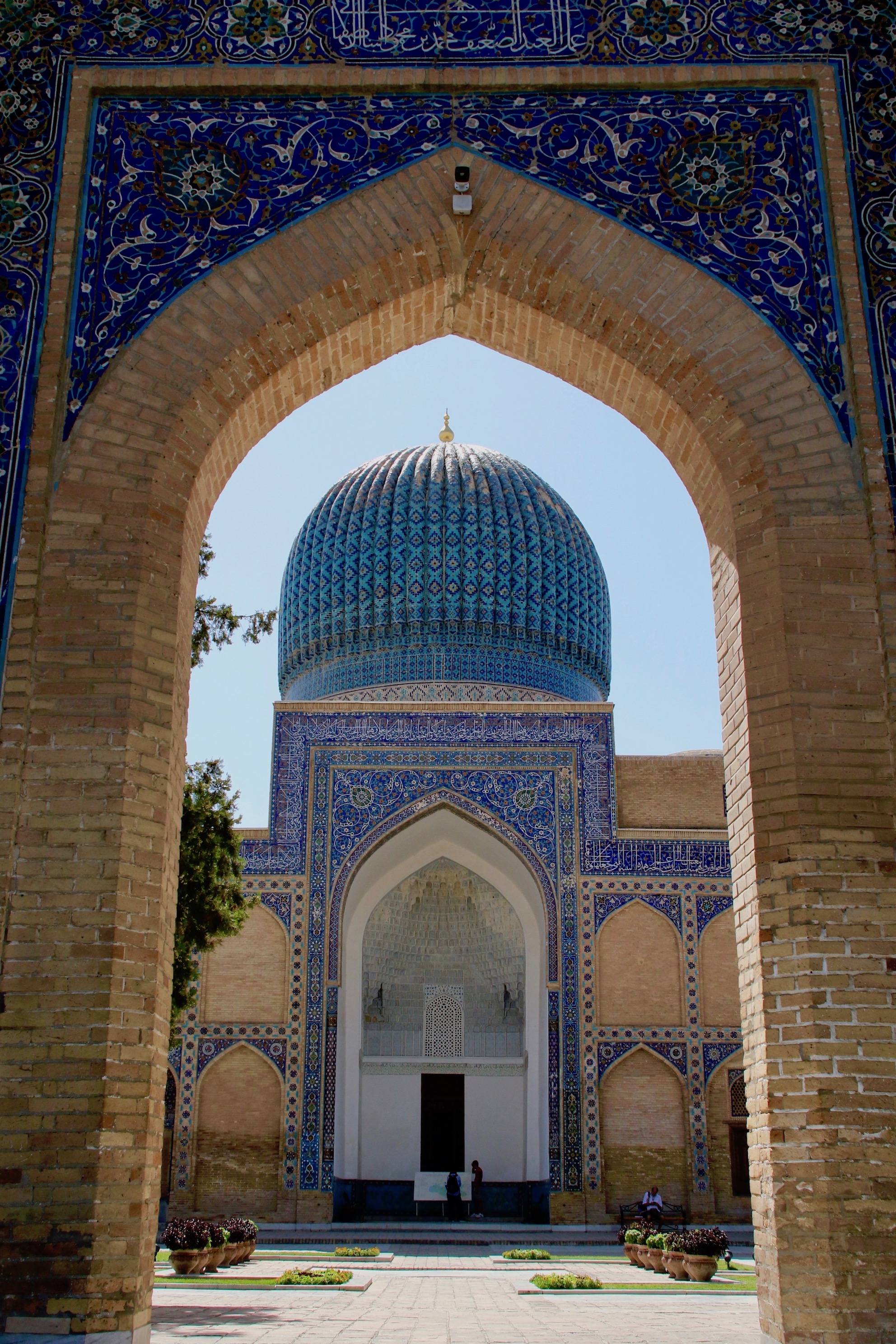
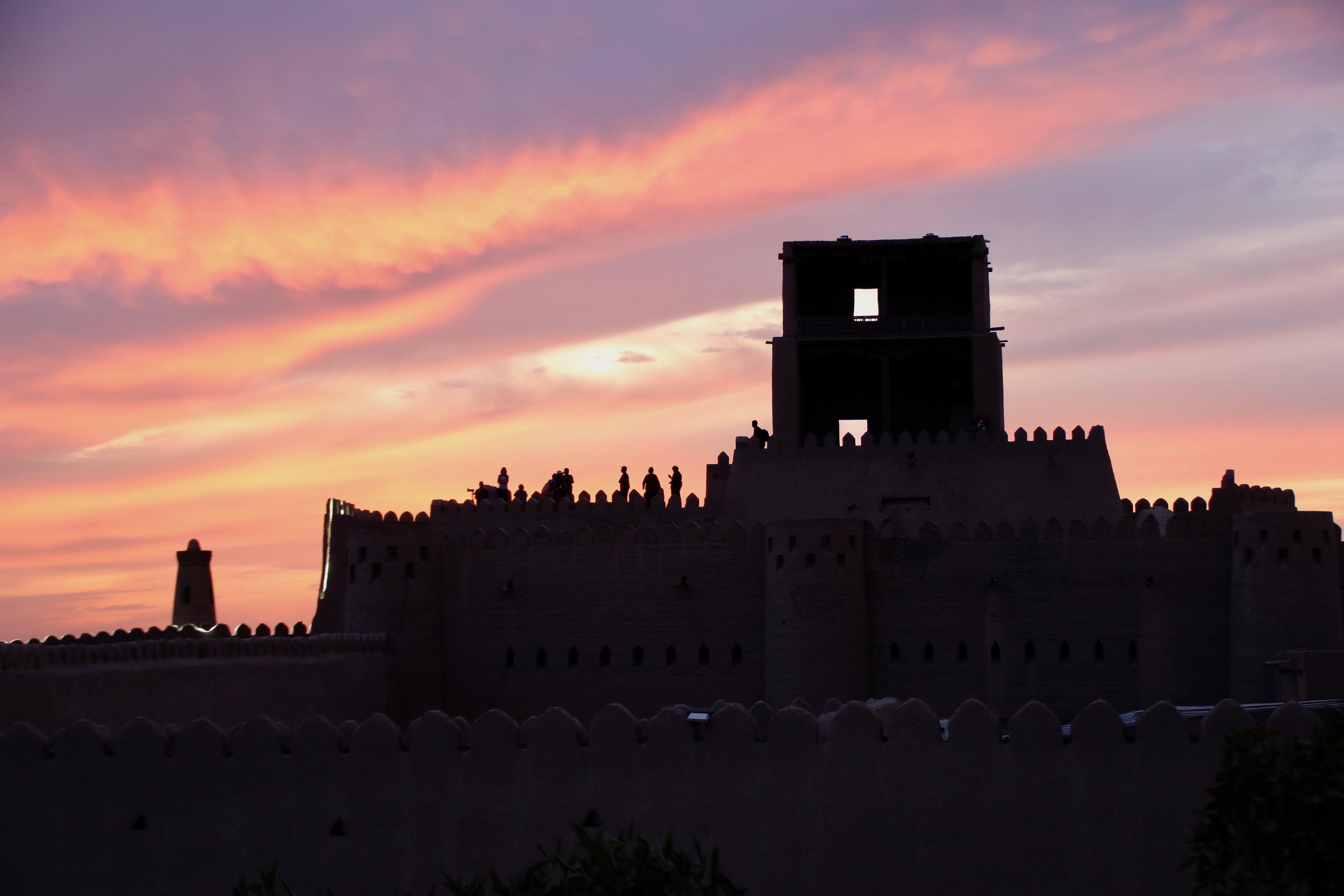
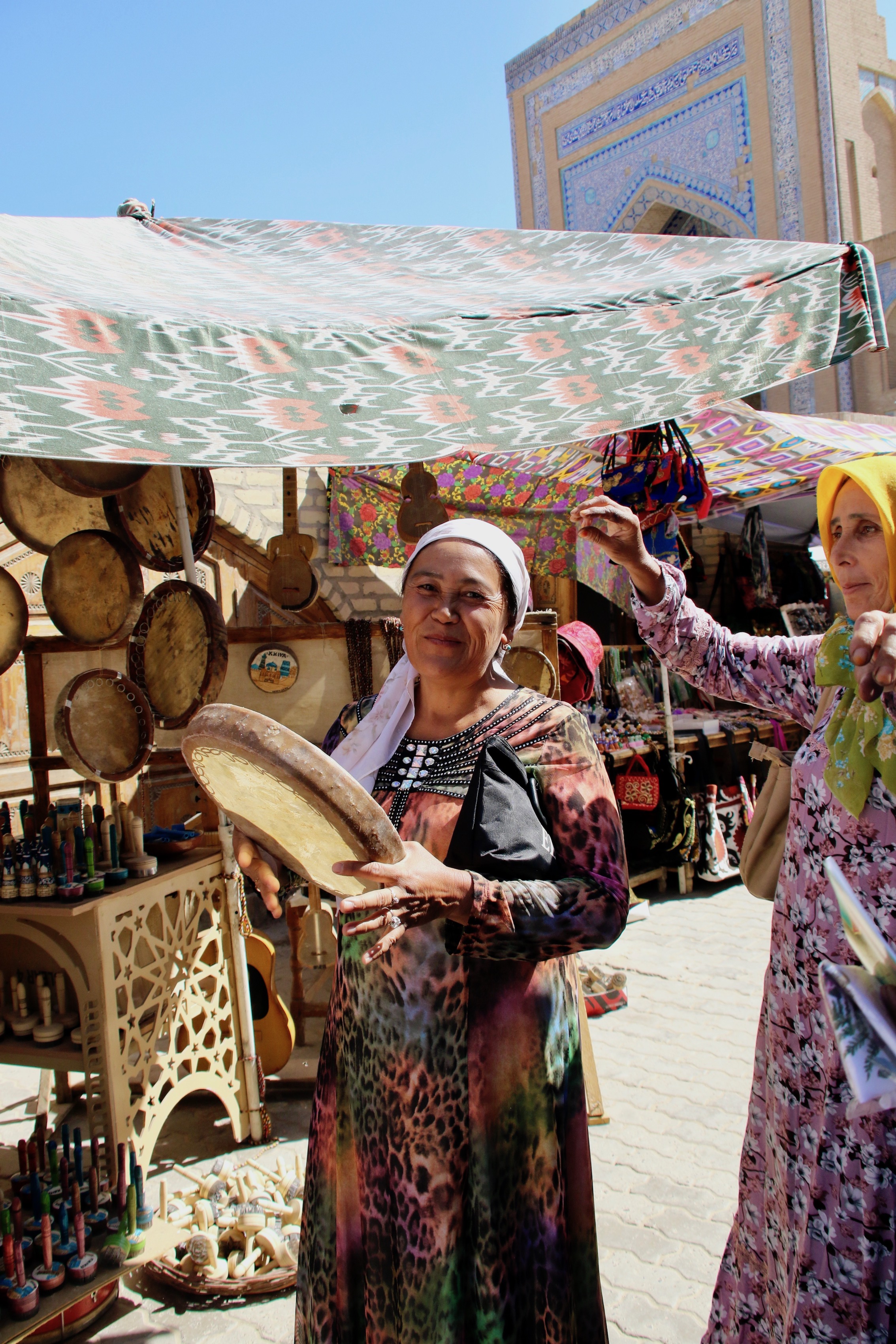

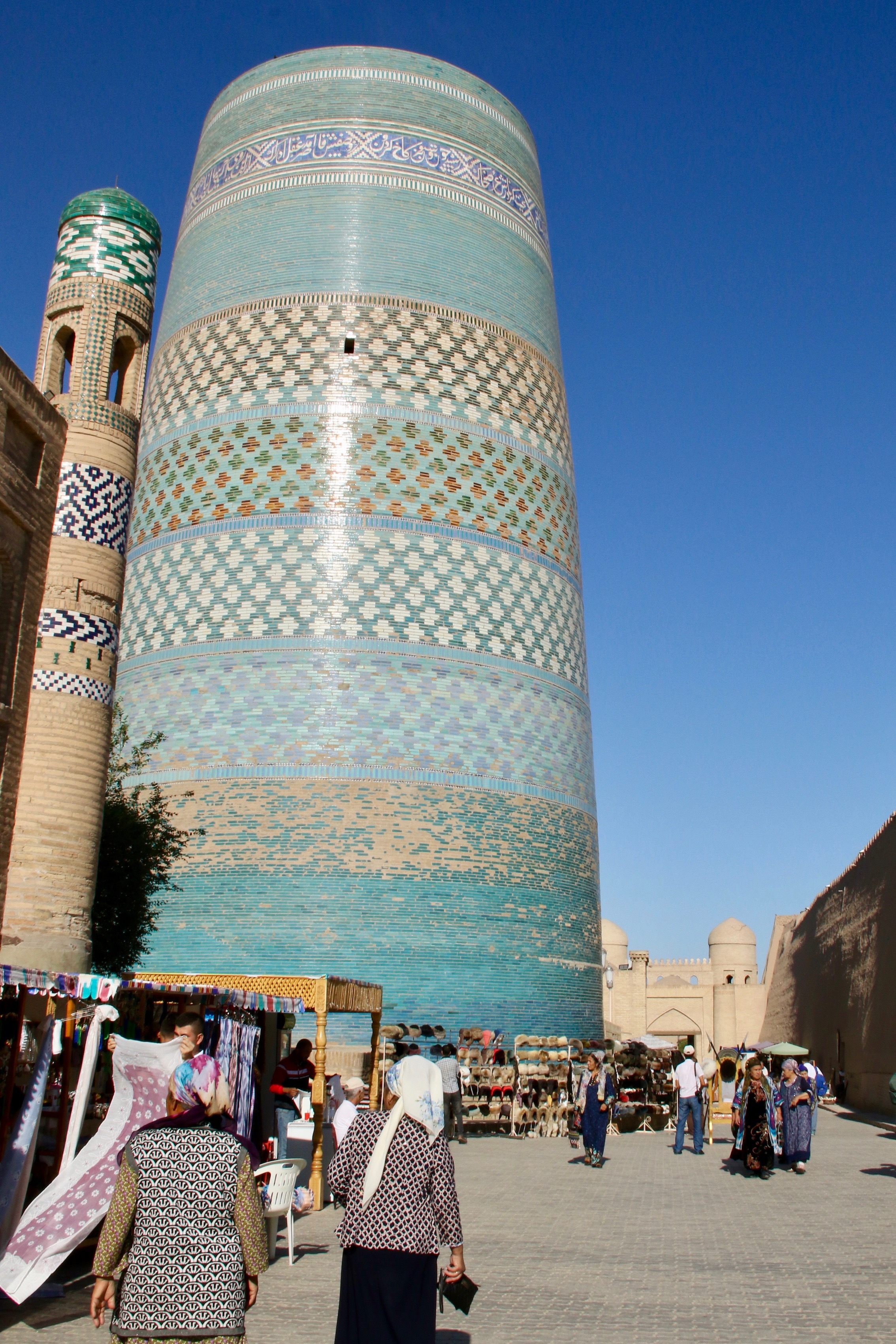




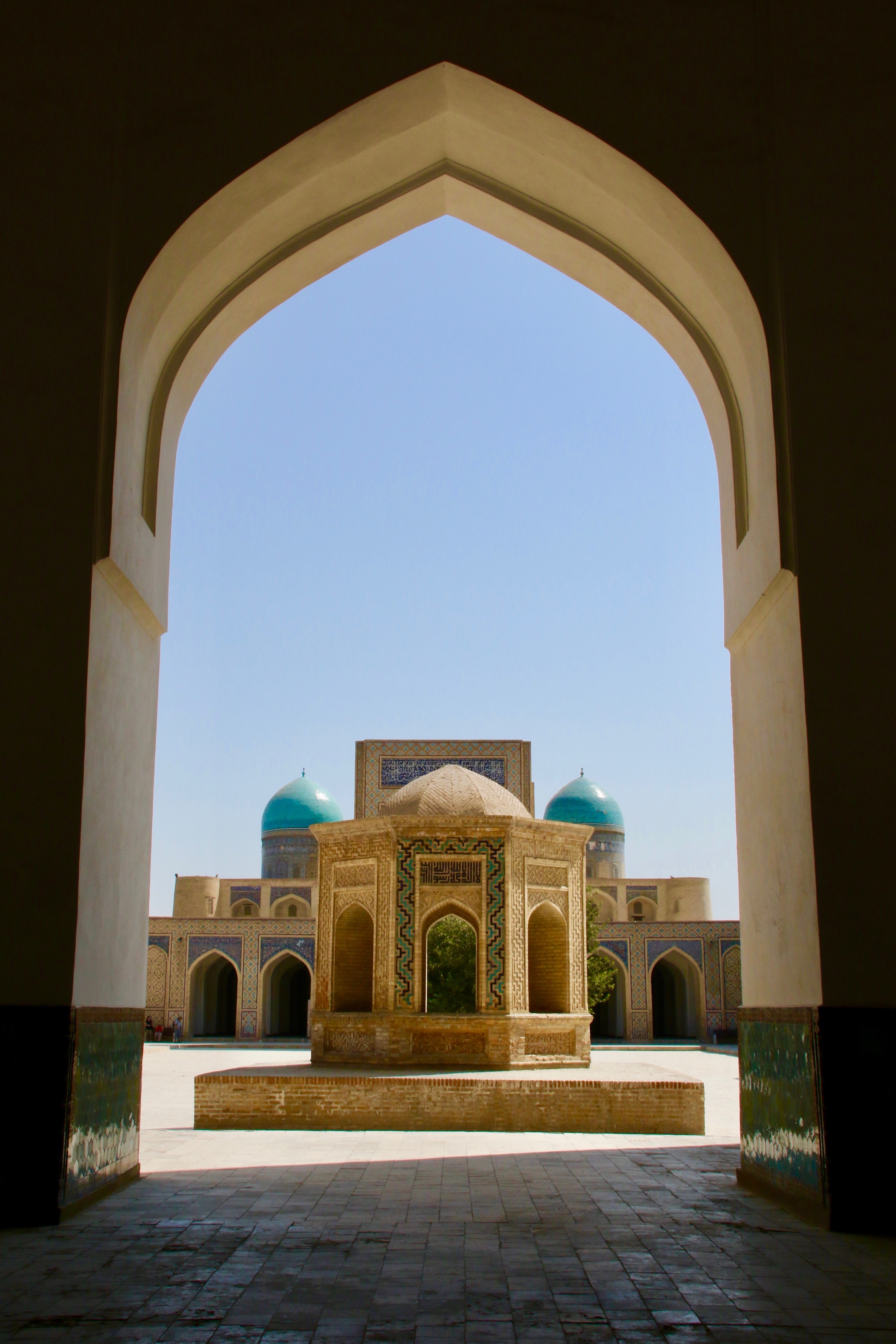




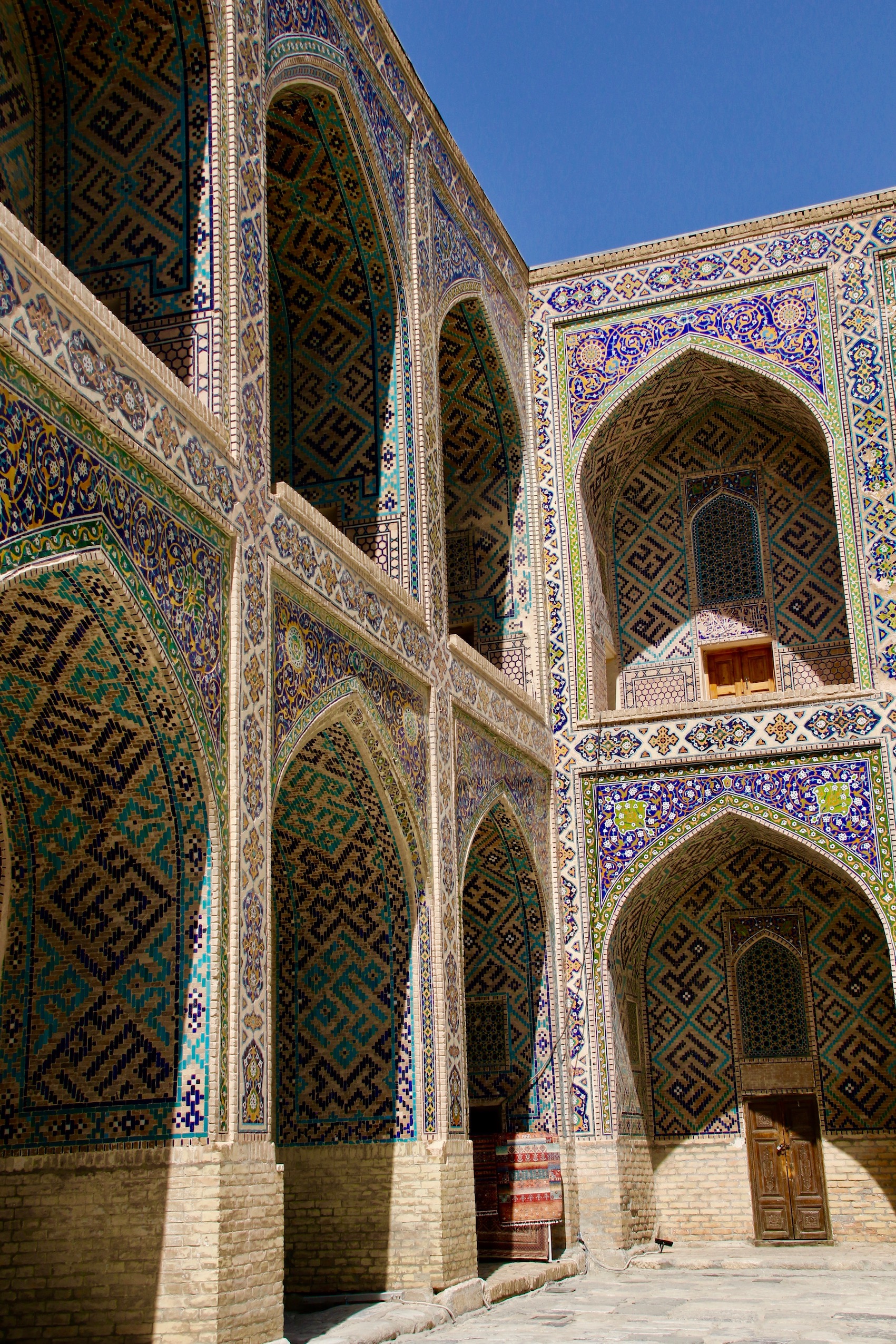
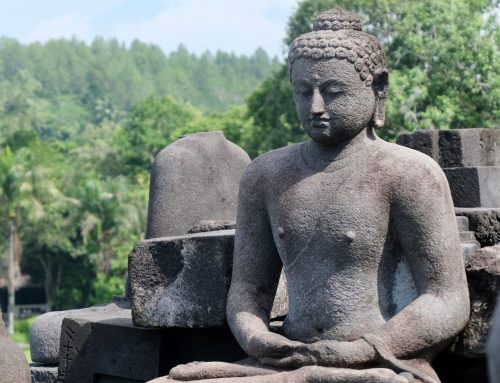



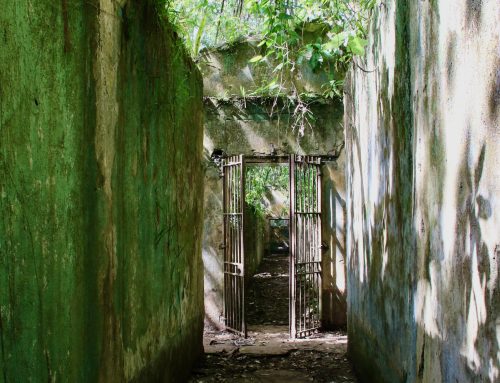
Leave A Comment